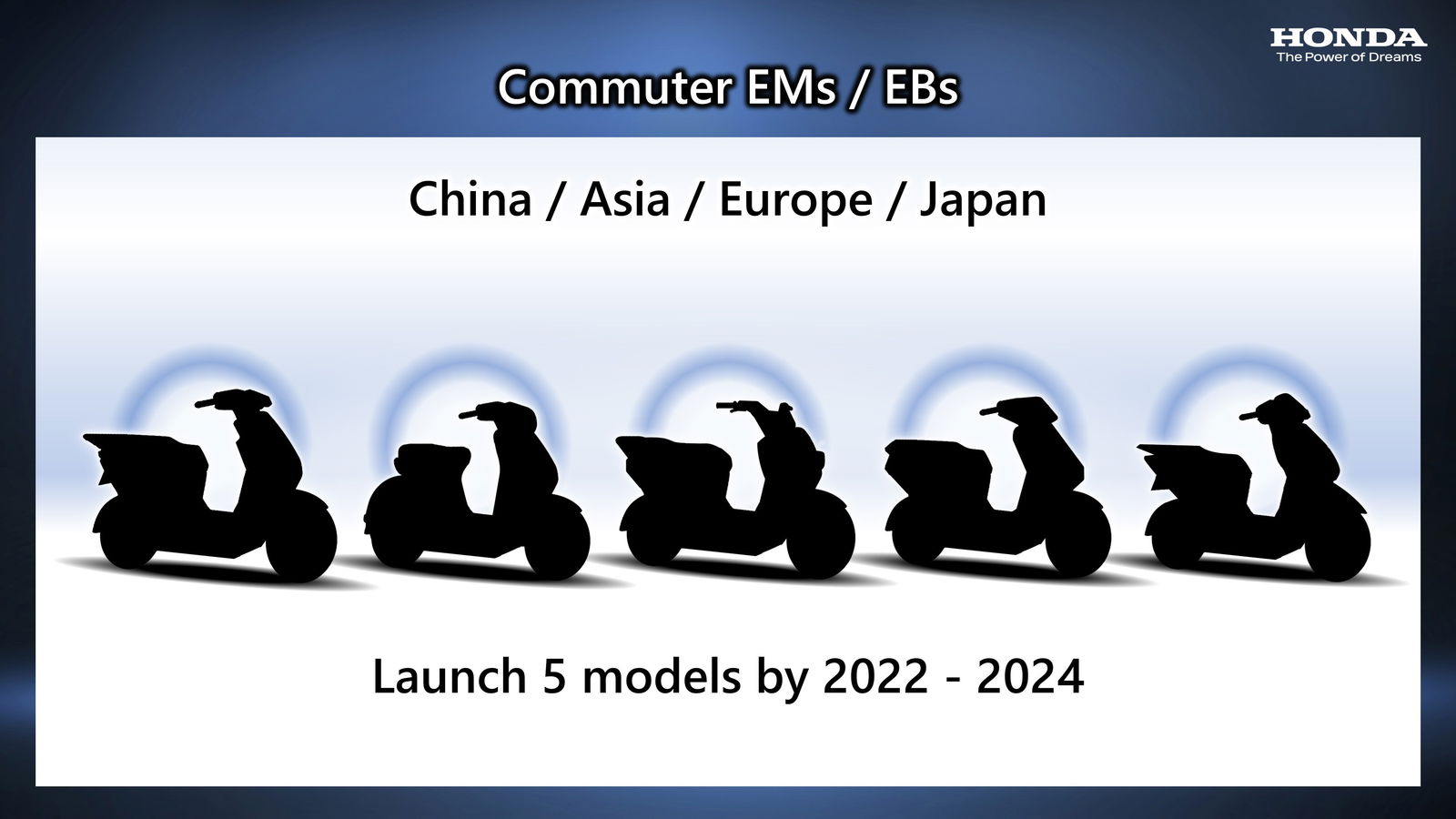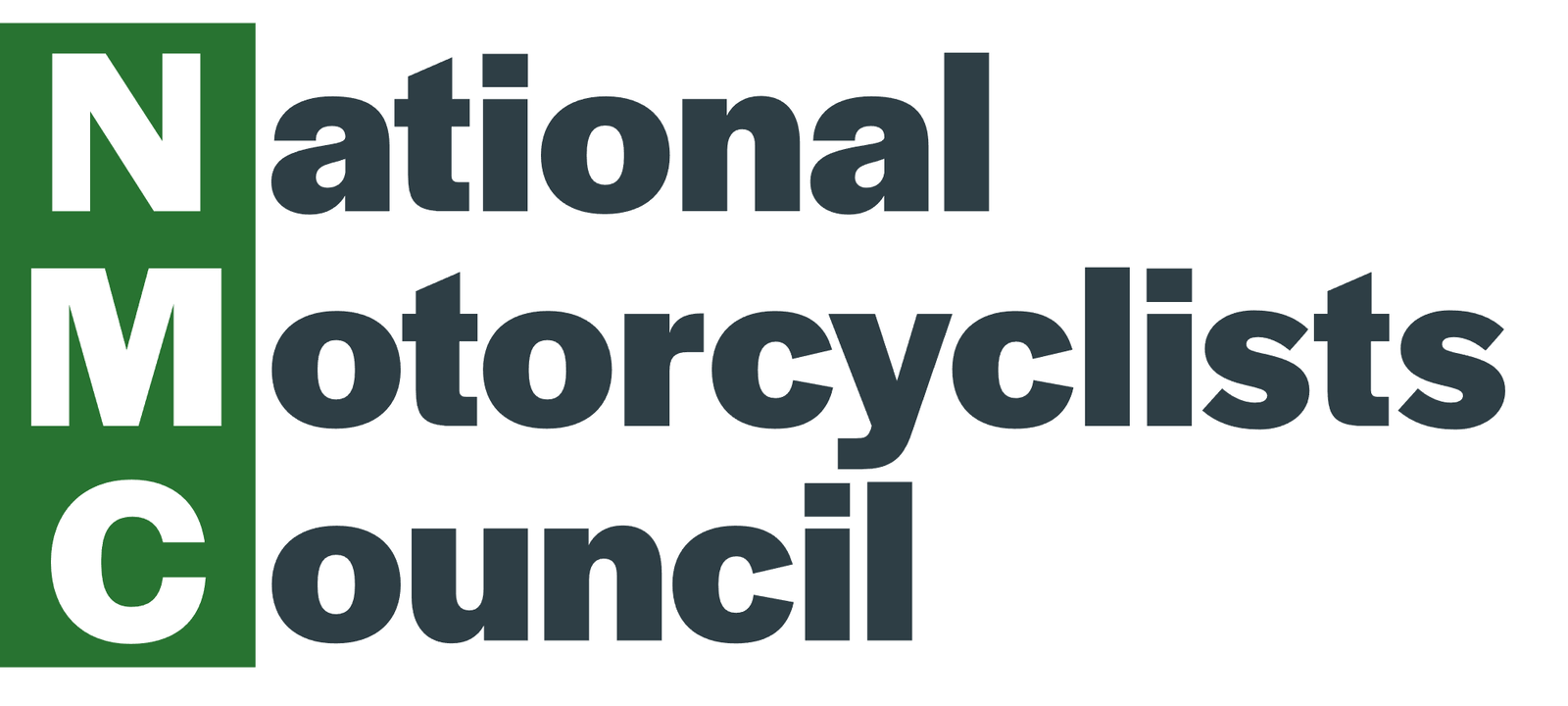Honda announces plans for 10 new electric bikes by 2025
Honda has detailed its plans to achieve carbon neutrality by 2050, including the introduction of 10 new electric motorcycles by 2025.
.jpg?width=1600&aspect_ratio=16:9)
Honda has provided updates on its plans for electrification going forwards, as well as how it intends to continue making use of internal combustion engines.
In a briefing on its motorcycle business, Honda has announced several plans aimed at bringing the company into carbon neutrality, which it says it wants to achieve by 2050.
.jpg?width=1600)
“Honda will accelerate the electrification of motorcycles as the primary focus of environmental strategies for motorcycle business,” Honda says. This will be alongside the continued development of Honda’s internal combustion motorcycles, which the Japanese manufacturer is intending to make carbon neutral through the 2040s.
To do this, Honda wants to continue decreasing the carbon dioxide outputs of its internal combustion motorcycle engines, and to develop models compatible with carbon neutral fuels such as gasoline-ethanol. These models are already available in Brazil (E100), and they will become available in India by 2023 in E20 form, with E100 planned for 2025.
2025 is also the date Honda has set for itself to introduce 10 new electric models. These will include commuter models, and what Honda calls “fun models”, which essentially means equivalents of higher-capacity motorcycles, rather than just the usual 125-equivalents that are currently quite common in the electric market.
.jpg?width=1600)
Specifically, Honda plans to introduce two new commuter electrics (below) across Asia, Europe and Japan between 2024 and 2025; five new electric bicycle and electric moped models between now and 2024; and three large size “Fun EV” models (above) across Europe, Japan and the US between 2024 and 2025. There will also be a kids “Fun EV”, and Honda says that, for the commuter bikes at least, power sources other than swappable batteries are being explored.

For the bikes that will feature batteries as a power source, Honda is currently developing its own all-solid-state battery, while also conforming to the battery standardisation agreements it has made with its fellow Japanese factories - Suzuki, Yamaha, and Kawasaki - as well as European manufacturers.
Additionally, Honda is exploring battery sharing, operating a service in Bali, as well as preparing to begin a service in India for electric rickshaws (three-wheeled taxis). This is in addition to the manufacturer’s involvement in Gachaco - which also features the involvement of the other aforementioned Japanese manufacturers, and “which will provide a sharing service of standardised swappable batteries for electric motorcycles and develop infrastructure for this service,” according to Honda. Gachaco expects to begin its battery sharing service this autumn.
As part of its electrification objectives, Honda wants to achieve one million electric motorcycle sales by 2027, and 3.5 million by 2030.
Finally, Honda says it is working with its software subsidiary, Drivemode, to “offer user experience (UX) features that continuously enrich the quality of riding through connectivity.” This includes “offering optimal route options that take into consideration remaining range, charging spot notification, safe riding coaching and after-sales service support,” Honda says. In the future, Honda wishes to create a “connected platform,” it says, that will link “a wide range of Honda products,” to realise “connectivity beyond their product domains.”

